By Eric Niderost
The age of Alexander is one of the most celebrated epochs in history, the subject for such Greco-Roman writings as Diodorus, Arrian, and Plutarch. But these ancient scribes were more interested in the sweep and drama of great events, not in the minute description of arms, armor, and equipment. Modern historians have had to make do with a few descriptive passages, passing references, together with studies of coins and other physical objects—helmets, statues, and so on—obtained through archaeology.
The Macedonian phalanx was the main infantry formation of Alexander’s army and the cornerstone of his many victories. Authorities agree that each phalangist carried a 15-foot sarissa pike, but there’s wide disagreement as to the rest of the Macedonian soldier’s equipment. Each pikeman probably wore a bronze helmet; the “Thracian” style was popular, as was the bulb-topped “Phrygian” type. There’s some evidence many helmets were painted; blue seems to be the infantry color. Officers might sport feathers or plumes in their helmets, and there was even a “bearded Phrygian” style that was noted for a fine horsehair crest.
There is similar disagreement over body armor. Some say the typical phalangist had no armor, but certain ancient passages suggest that at least some units wore a cuirass. Bronze greaves were also probably worn on their legs. Shields, too, have generated controversy. Some authorities maintain the Macedonian phalanx used a large hoplon, while other say a lighter, smaller shield was used for protection instead.
Greek Mercenary Armor
By contrast there’s little doubt as to the arms and armor of the Greek mercenaries who accompanied Alexander on his conquests, willingly or unwillingly. The Greek hoplites of the fourth century B.C. had hardly changed from the warriors of Marathon and Thermopylae a century and a half before, with a full panoply of linen or bronze armor, helmet, and greaves. The large hoplon shield was sometimes augmented by a leather apron hanging down its sides like a flag. This apron was meant to ward off missiles like arrows. Some authorities feel the Macedonian phalangists had their shields suspended from straps hung around their necks, leaving arms free to grasp their pikes.
Troops from India went into battle bareheaded and barechested; perhaps it was thought that such little protection was a small price to pay for greater mobility. The Indian foot soldier was armed with an iron-tipped spear that had a bamboo haft and a long (about three feet) broadsword.
Some protection was afforded from a long hide shield.
Indian archers were a source of great fascination to ancient Greek writers. The bamboo bow was very long and launched arrows of cane or reed flighted with vulture feathers. The arrowheads were usually made of iron, but horn was not unknown. Some ancient sources claim many Indian arrows were dipped in poison, but this kind of lurid detail may have been invented to make a better story.
Other accounts say the arrows were so powerful no Greek or Macedonian shield or cuirass could withstand them. That may well be, but experienced Macedonian officers who actually saw the Indian archers in action say the bow was so heavy it could not be aimed accurately. Perhaps they are correct, because heavy “rains” of Indian arrows at the Hydaspes failed to give Porus a victory.

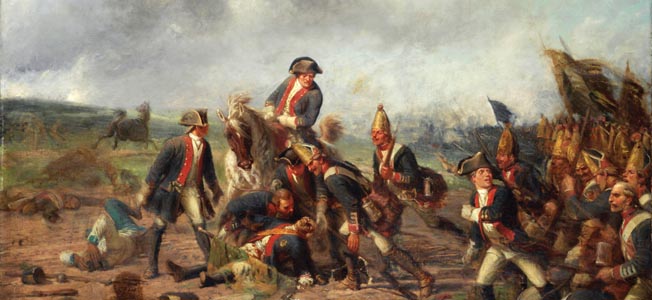
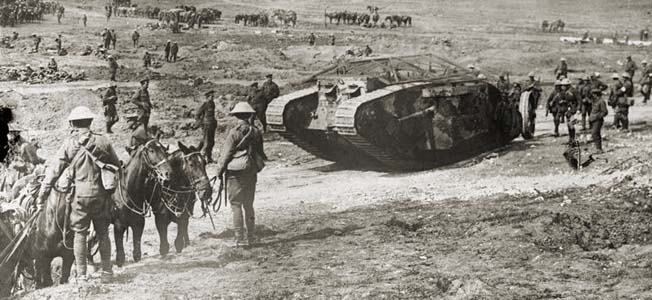
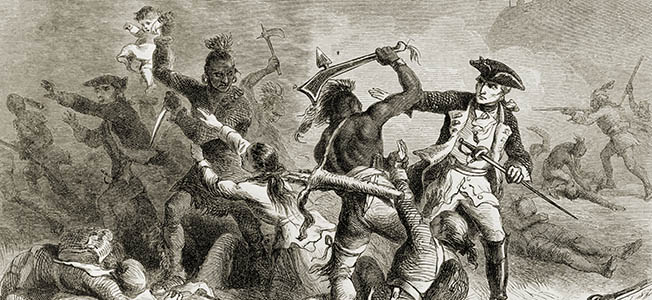
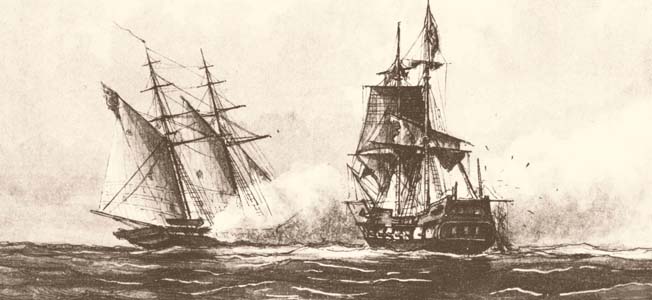
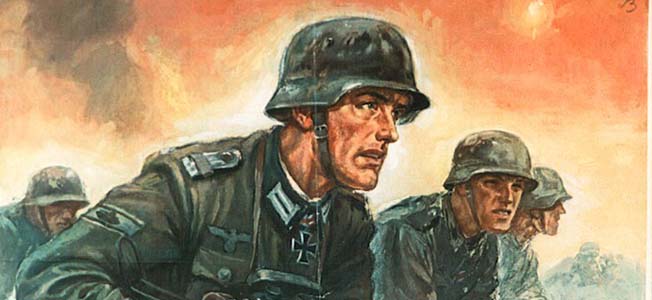
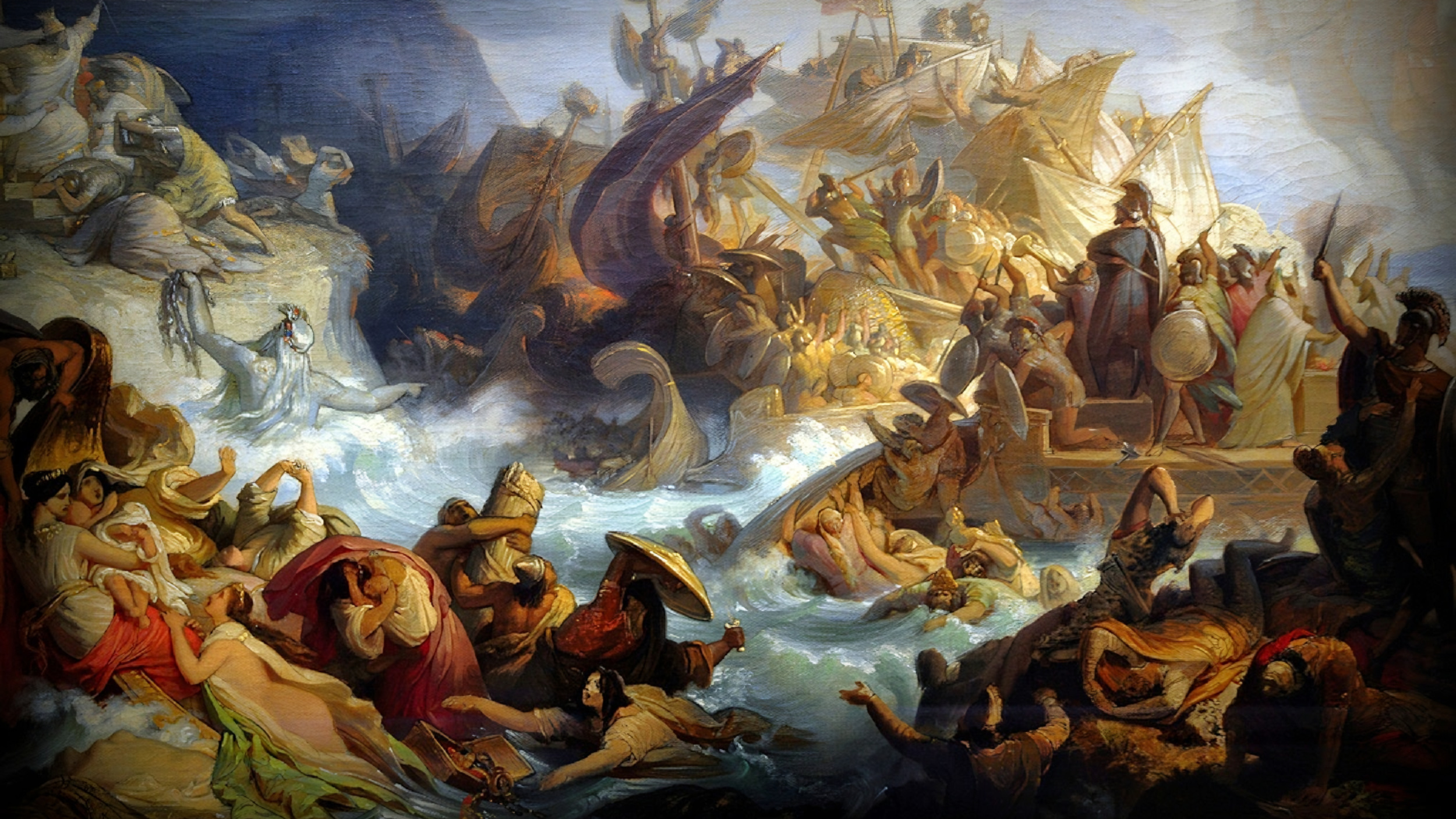
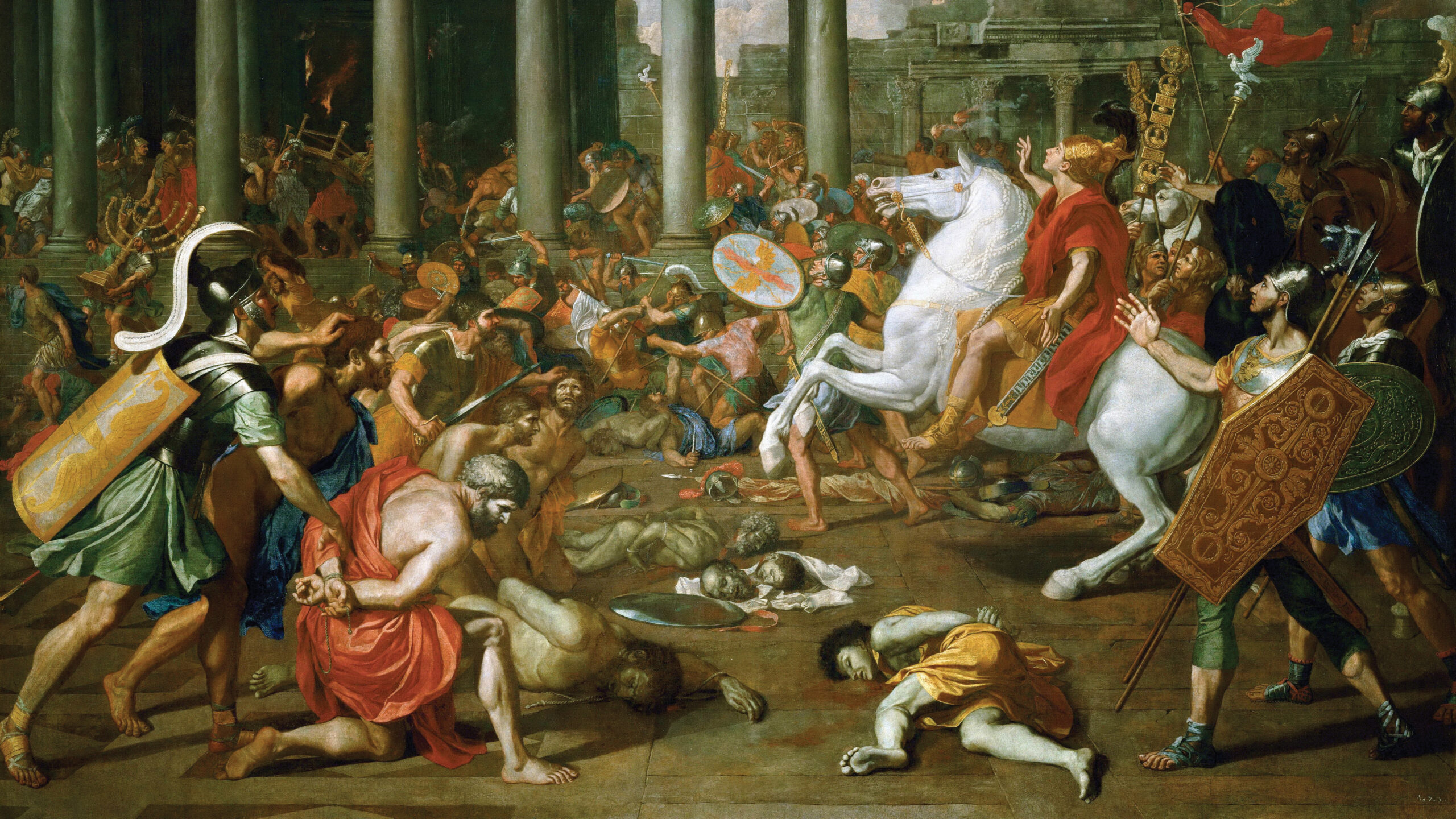
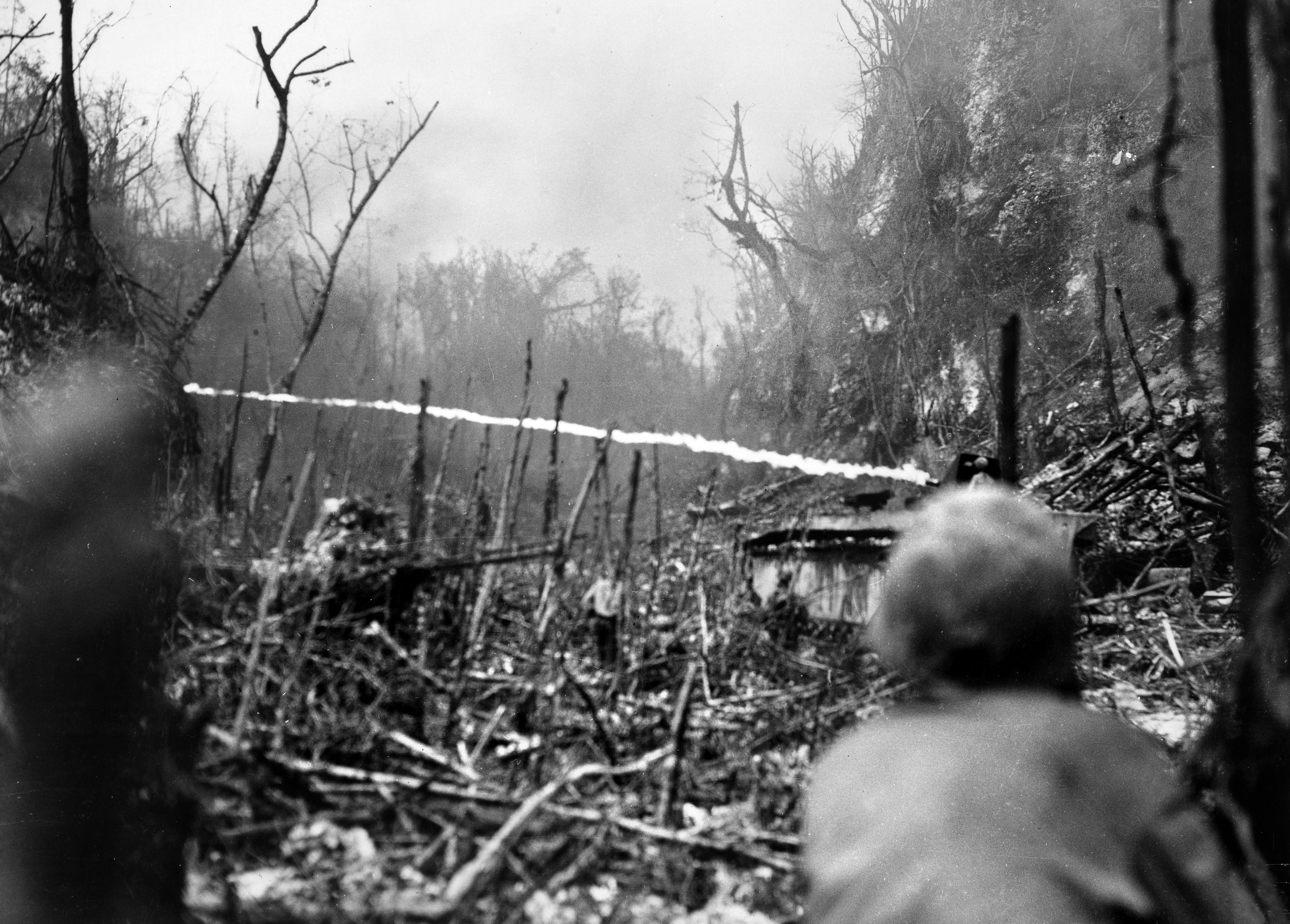
Join The Conversation
Comments
View All Comments